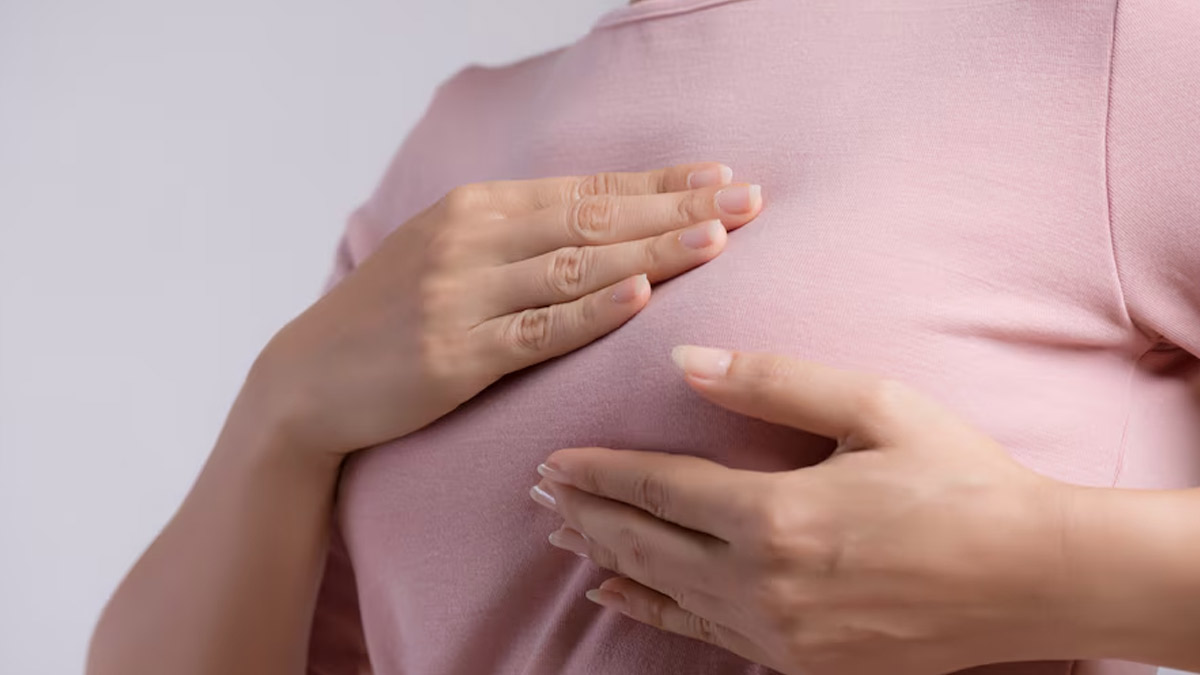Breast cancer develops when abnormalities in the cell growth regulating genes cause the breast cells to proliferate uncontrollably. The cells can divide and multiply uncontrolled thanks to this mutation. Usually, the breasts’ lobules or ducts are where the disease first manifests itself.
The organs that create milk are called lobules, and the tubes that transport the milk from the glands to the nipples are called ducts. Additionally, the fatty or fibrous connective tissue in the breast might develop cancer.
Who is mainly affected by breast cancer?
A person’s chance of getting breast cancer is increased if their mother, sister, or other first-degree relative had the disease. A first-degree male relative raises the likelihood of getting this illness.
The chance of getting breast cancer is further increased by the presence of particular hereditary genes, such as BRCA1 and BRCA2.
What age does breast cancer occur?
As one ages, there is a greater chance of experiencing breast cancer symptoms. In the ensuing ten years, the risk of developing breast cancer increases from 0.06% in 20 years to 3.84% in 70 years.
What race is most affected by breast cancer?
The Centers for Disease Control and Prevention (CDC) report that black women had a 40% higher breast cancer death rate. It was also shown that compared to women of other races, African-American women had a higher risk of developing serious breast cancer.
Due to their low socioeconomic level, these women have difficulty accessing high-quality health insurance and medical care, which delays the identification of breast cancer in these individuals.
What are the types of breast cancer?
Numerous types of breast cancer can be divided into two main categories.
Non-invasive breast cancer, also called breast cancer in situ, does not spread from the original tissue.
Invasive breast cancer can move from the ducts or glands to other body parts.

